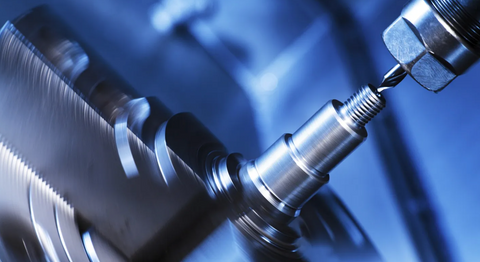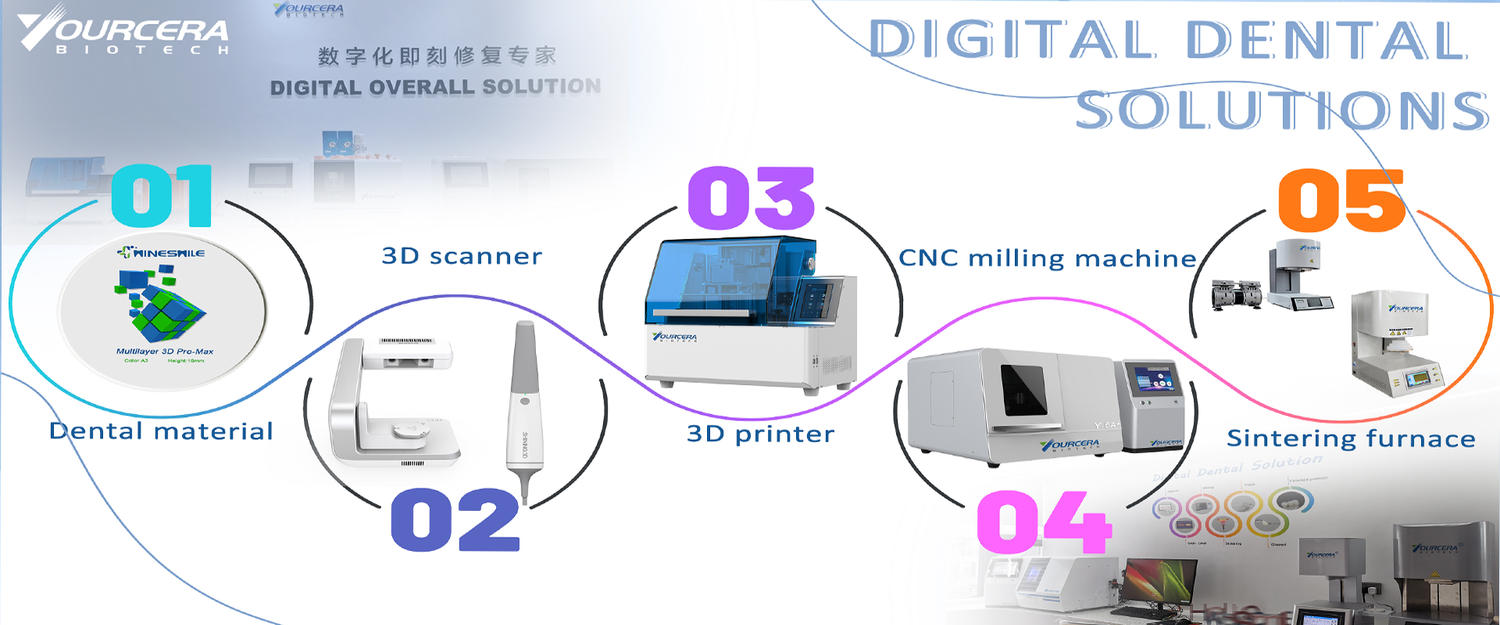What is the working principle of 5-axis CNC dental milling machine?
In recent years, five axis CNC machining center has been widely used in various fields. Especially in the dental field, it has developed very rapidly and set off the upgrading trend of digital dentistry. More and more dental clinics or dental lab tend to look for five axis equipment to meet the requirements of efficient and high-quality processing. But do you really know enough about five axis machining?

To really understand five axis machining, we must first understand: what a five axis machine tool is?
Five axis machine tool (5 Axis Machining), as its name implies, refers to adding two rotation axes to the three common linear axes of X, Y, and Z. A. B. The two rotating shafts have different motion modes to meet the technical requirements of various products.
You can learn more about my last article: What is a 5-axis dental CNC milling machine?
So, what is the working principle of the 5-axis lathe?
The 5 axes of the 5-axis lathe move in the same coordinate. After reading the coordinates of the CAM software, the 5 axes are jointly controlled to form three coordinate planes X Y Z for contour machining, and two rotating axes A and B for fine special position machining. The 5-axis dental machine tool processing is applicable to hook surface processing, special-shaped processing, hollow processing, punching, oblique hole, oblique cutting and other special processing types, such as the inner chamber of the crown, the abutment of the implant teeth, the occlusal surface of the teeth, etc.
Knowing the working principle of 5-axis, how can we distinguish the true 5-axis from the false 5-axis?

It is elaborated from three aspects:
- A real five axis machine tool can achieve five axis linkage. Many machines cannot achieve five axis linkage, but can only achieve 3+2, hook face processing, special-shaped processing, hollow processing, punching, oblique hole, oblique cutting 4+1 and other movements
- The real five axes use the same coordinate, and the five axes' motion coordinates are all completed under the same coordinate system
- The real five axis has the RTCP (tool tip following) function, which means that the tool tip of the lathe can always follow the cutting point of the workpiece during processing.

Previous articles:
- What is a 5-axis dental CNC milling machine?
- 4 kinds equipment for digital dentistry
- What is zirconia all ceramic tooth?
- How are zirconia all ceramic teeth processed?



